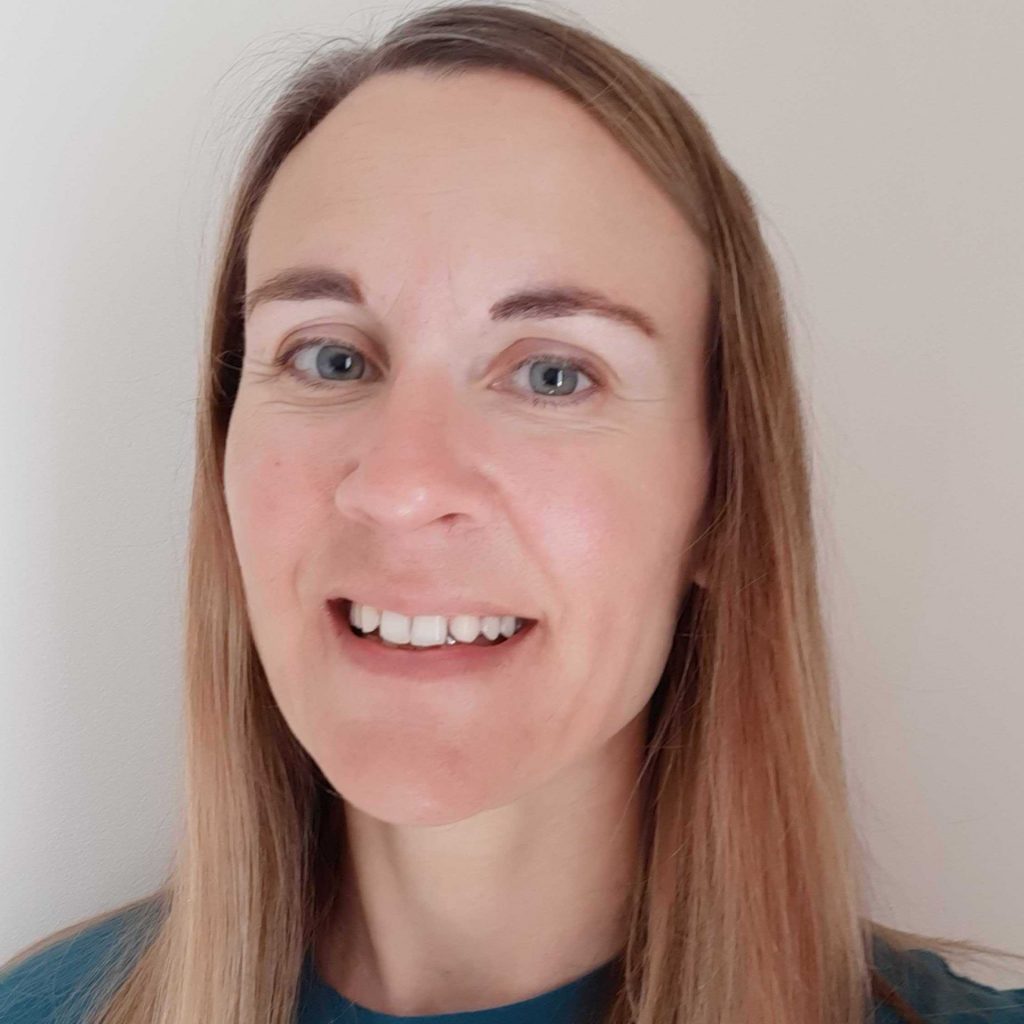5 August 2020
PLEASE NOTE: The Viewpoints on our website are to be read and freely shared by all. If they are republished, the following text should be used: “This Viewpoint was originally published on the REVIVE website revive.gardp.org, an activity of the Global Antibiotic Research & Development Partnership (GARDP).”
The number of drug-resistant bacterial infections is rising across the world and new treatments are urgently required1. One of the barriers to discovering new antibiotics is a lack of information sharing. Platforms about antimicrobial molecules have been created to address this challenge, so researchers working in the field can benefit from each other’s insights. Two such databases are AntibioticDB and the Shared Platform for Antibiotic Research and Knowledge (SPARK). While both databases exist to help scientists tackle the barriers blocking antibiotic discovery, they do so in different ways. Here, we review and compare AntibioticDB and SPARK.
AntibioticDB
AntibioticDB was designed and developed by Professor Laura Piddock from the University of Birmingham, UK. AntibioticDB is a database containing antibacterial compounds described between 1961 and 20192. For each compound, the highest stage of development is indicated and, where development was stopped, the reasons for discontinuation are shown. As of 25 September 2020, AntibioticDB provides data on 1438 antibacterial compounds including compound/drug name, drug class, the organisation that first described the compound, whether the compound is active against Gram-negative or Gram-positive bacteria or both, target pathogens, patent status, mechanism of action, and the propensity to select for drug-resistant bacteria. For every compound, there is a link to the website or a PDF of the original conference abstract, publication, or company website. For 87 compounds, there is a direct link to the chemical structure, for many others, this is in the source material. The Guide to Pharmacology, which is a searchable database of drug targets, prescription medicines and experimental drugs that act on them, also links to AntibioticDB.
Overall, AntibioticDB and SPARK are both particularly useful resources for the scientific community, and researchers are encouraged to add data to both databases as they provide complementary information.
There are some limitations to AntibioticDB; these include that the database does not have options to filter for specific drug properties and that the physico-chemical properties of most of the compounds, where available, remain accessible via the original source material found in the links. AntibioticDB has recently started to upload data on anti-mycobacterial molecules but so far it does not include information on , anti-virals, anti-fungals or anti-parasitics2.
SPARK
SPARK was created by The Pew Charitable Trusts. It aims to catalyse drug discovery of new compounds active against drug-resistant bacteria3 and focuses on providing information to facilitate the discovery of molecules with activity for Gram-negative bacteria. SPARK possesses data that has been contributed by pharmaceutical and biopharmaceutical companies such as Novartis and Achaogen, the non-profit initiative CO-ADD or data that has been extracted from relevant literature. Registrants can upload data from their own publications as well. Data found on SPARK includes chemical and biological data relevant to understanding how molecules penetrate the Gram-negative bacterial cell and remain inside, critical factors in designing drugs against hard-to-treat pathogens.
As of 29 April 2020, registrants can use SPARK to search for information on 154,858 compounds from approximately 90 datasets and data including minimum inhibitory concentration values (MICs), half-maximal inhibitory concentration (IC50), single-concentration growth inhibition screening data, absorption, distribution, metabolism and excretion results (ADME), accumulation data, cytotoxicity results, and efflux inhibition data. Users can also use filter searches to separate data by bacterial species and compound properties. Currently, data for 13,555 (8.75%) compounds has been curated by expert microbiologists. Of these, 1,354 have biochemical information regarding their molecular targets; 835 compounds target LpxC; 334 compounds target GyrA; other targets include AmpC, LigA, GyrB and LpxA. SPARK also provides access to a modelling tool that allows users to create chemical structures that are more likely to accumulate inside Gram-negative bacteria, and a public forum for users to communicate with each other.
What is the difference between these two databases?
Both databases are interactive. Users can add compounds to AntibioticDB by filling a simple form and submitting it to the system; they can also download the database for their own use as an excel spreadsheet. On SPARK, registered users can then submit single compounds and create compound collections as well as consulting those made by other users.
One of the barriers to discovering new antibiotics is a lack of information sharing. Platforms about antimicrobial molecules have been created to address this challenge, so researchers working in the field can benefit from each other’s insights.
The two databases may at first seem similar, however, there are many differences between AntibioticDB and SPARK. While AntibioticDB includes compounds and drugs that act on Gram-negative or Gram-positive bacteria (or both), the focus of SPARK is to provide data on compounds and Gram-negative bacteria such as Escherichia coli. SPARK provides the chemical structure of all compounds, whereas AntibioticDB only does so for 84 compounds so far. SPARK also discloses additional compound information such as Lipinski properties, chemical formula and whether the compound is a salt, acid, or a free base. AntibioticDB offers some information that SPARK does not, such as any use of a compound in combination therapy and its propensity to select for drug-resistant mutants. However, SPARK provided access to utilities that AntibioticDB could not, including a chemical structure editor and the capability to search for both uploaded and curated data.
Overall, AntibioticDB and SPARK are both particularly useful resources for the scientific community, and researchers are encouraged to add data to both databases as they provide complementary information.
References
- World Health Organisation (2018) Antibiotic Resistance. World Health Organisation. Viewed 08 April 2020
- Farell LJ., Lo R., Wanford JJ., Jenkins A., Maxwell A and Piddock LJV (2018). Revitalizing the drug pipeline: AntibioticDB, an open access database to aid antibacterial research and development. Journal of Antimicrobial Chemotherapy. 73: 2284-2297.
- Thomas J., Navre M., Rubio A and Coukell A (2018) Shared Platform for Antibiotic Research and Knowledge: A Collaborative Tool to SPARK Antibiotic Discovery. ACS Infect. Dis. 4 (11): 1536-1539.

Jack Stone is a research technician at the Antimicrobials Research Group in the Institute of Microbiology & Infection at the University of Birmingham, UK. He is part of a team investigating efflux pumps in Gram-negative bacteria. As an early career researcher, Jack studied Biomedical Science at the University of Wolverhampton, UK, where he undertook a project to investigate the combinational effects of essential oils against the gastrointestinal bacteria Salmonella typhimurium and Bacillus cereus.

Maria Laura Ciusa is an experienced microbiologist. She has worked at Cagliari University, Italy, in oral microbiology focusing on the characterization of periodontal bacteria and researched for her PhD at Siena University Hospital, Italy on biocide-resistance in Staphylococcus aureus.
In 2016, she joined the Antimicrobials Research Group, in the Institute of Microbiology & Infection at the University of Birmingham, UK. She currently researches inhibition of multidrug efflux pumps in Gram-negative bacteria.
The views and opinions expressed in this article are solely those of the original author(s) and do not necessarily represent those of GARDP, their donors and partners, or other collaborators and contributors. GARDP is not responsible for the content of external sites.